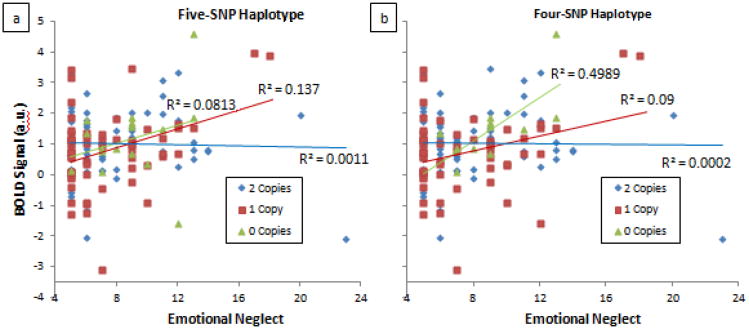Figure 4. FKBP5 haplotypes showing significant interaction effects with emotional neglect on right dorsal amygdala reactivity.
(a) Five-SNP haplotype (rs9296158, rs7748266, rs1360780, rs9394309 and rs9470080) generated from Haploview (p = 0.011). Subjects were categorized based on the presence of the GCCAC haplotype (i.e. 0, 1 or 2 copies), which is comprised of “non-risk” alleles. (b) Four-SNP haplotype (rs3800373, rs9296158, rs1360780 and rs7748266) constructed from SNPs showing most significant interaction effects (p = 0.002). Subjects were categorized based on the presence of the TGCC haplotype (i.e., 0, 1 or 2 copies), which is comprised of “non-risk” alleles. Plots show relationship between EN and amygdala BOLD separated by haplotype group.

